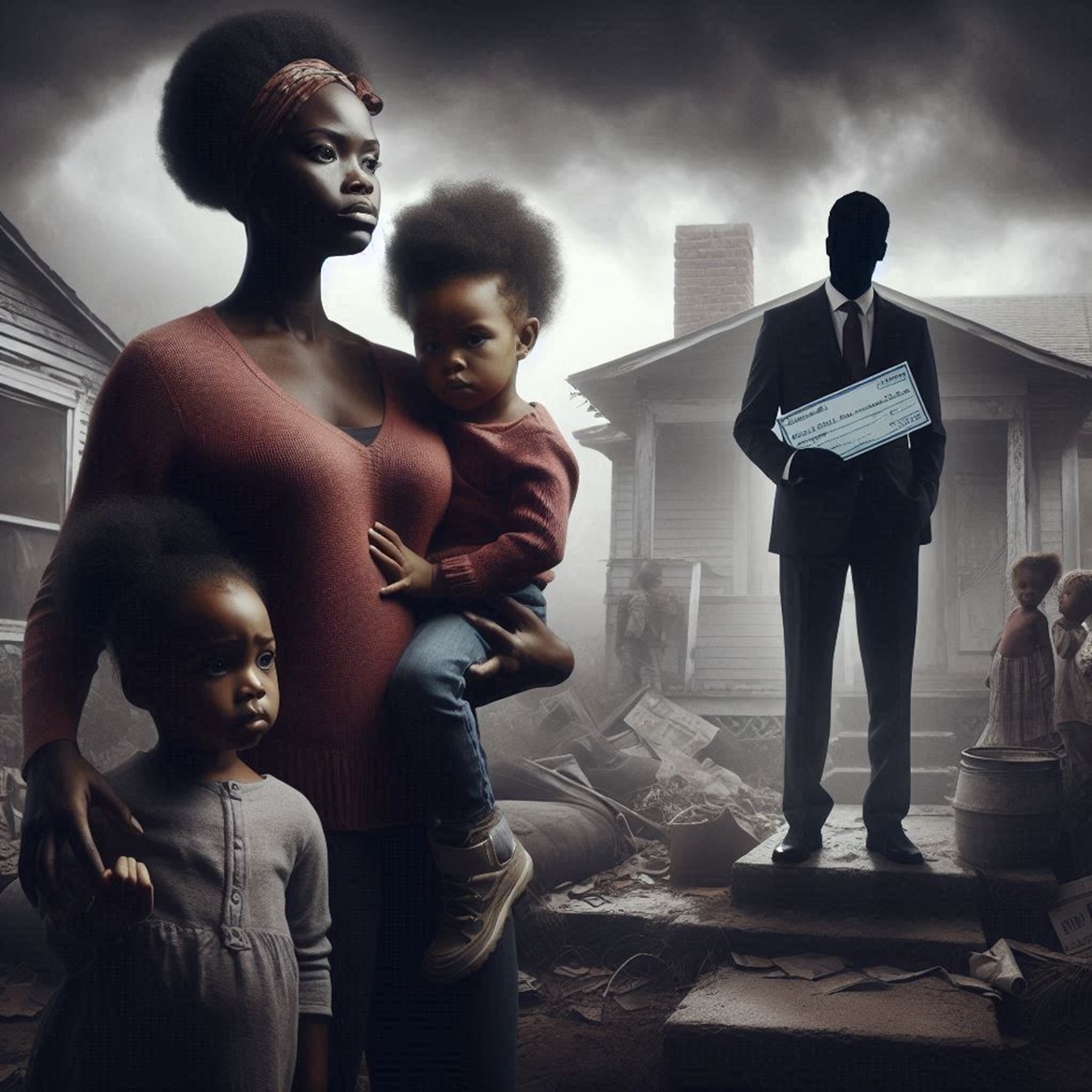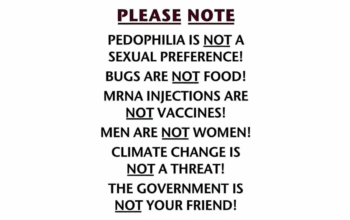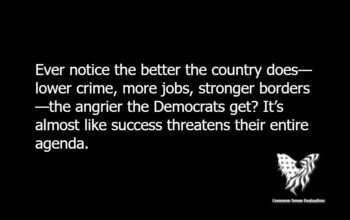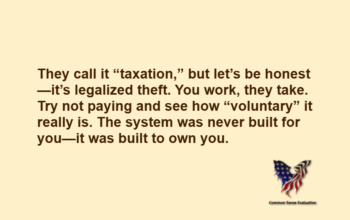The story of welfare in America is not just about helping the poor. It’s about control. It’s about power. And it’s about the slow, deliberate dismantling of the Black family. What started as a well-meaning program to lift people out of poverty turned into something far darker. The Democrats, who championed these policies, created a system that didn’t just fail Black families—it actively worked against them. Let’s break it down.
The Birth of Welfare: A Trojan Horse
Welfare in America didn’t start with the Democrats. It began in the early 20th century as a way to support widows and orphans. But in the 1960s, under President Lyndon B. Johnson, welfare took on a new form. Johnson declared a “War on Poverty” and launched programs like Aid to Families with Dependent Children (AFDC). On the surface, it seemed like a noble effort. But the fine print told a different story.
AFDC had a critical flaw: it rewarded single-parent households. If a father was present in the home, the family often didn’t qualify for benefits. This created a perverse incentive. Men were pushed out of the household to ensure the family could receive financial support. The result? A skyrocketing number of single-parent homes in Black communities. In 1960, about 22% of Black children were born to single mothers. By the 1980s, that number had more than doubled. Coincidence? Hardly. This was a calculated move. By breaking up the family unit, the government gained more control over individuals. A fractured family is easier to manage, easier to manipulate, and easier to keep dependent.
The Cycle of Dependency
Welfare didn’t just encourage single-parent households—it trapped people in a cycle of dependency. The more people relied on government assistance, the harder it became to break free. Jobs were often out of reach because welfare benefits would be cut if someone earned too much. This created a “welfare cliff” where working didn’t make financial sense. Why work 40 hours a week when you could lose your healthcare, housing, and food assistance?
This system didn’t just keep people poor—it kept them powerless. Black families, who were already facing systemic racism and limited opportunities, were hit the hardest. The Democrats framed welfare as a safety net, but in reality, it was a trap. And once you were in, it was nearly impossible to get out. This dependency also had another effect: it guaranteed votes for the Democratic Party. When people rely on the government for survival, they’re less likely to vote against the party that provides those benefits. It’s a clever strategy, but one that comes at a devastating cost.
The Erosion of Community
Strong families build strong communities. But when families are broken, communities fall apart. Welfare policies didn’t just affect individual households—they eroded the social fabric of Black neighborhoods. With fewer fathers in the home, children lacked role models and guidance. Crime rates soared. Schools struggled. Poverty became entrenched.
The Democrats knew this would happen. They had to. The data was clear even back then. But instead of fixing the system, they doubled down. More programs. More benefits. More dependency. And with each new program, the government gained more control. It’s not about helping people—it’s about keeping them exactly where they are. And as long as they stay there, they’ll keep voting for the party that promises to keep the benefits flowing.
The Role of the Democrats
Let’s be clear: the Democrats didn’t create these policies out of malice. At least, not openly. They framed it as compassion. They said they were fighting for the poor, the marginalized, the oppressed. But the results tell a different story. The policies they pushed didn’t empower Black families—they dismantled them.
Why would they do this? Because a dependent population is easier to control. If you’re struggling to put food on the table, you’re not thinking about systemic change. You’re not organizing. You’re not fighting back. You’re just trying to survive. And that’s exactly what the Democrats wanted. A population too busy surviving to challenge the status quo. And as long as they keep voting Democrat, the cycle continues.
The Long-Term Impact
The effects of these policies are still felt today. Black families are more likely to live in poverty, more likely to be single-parent households, and more likely to rely on government assistance. The cycle of dependency continues, passed down from one generation to the next. And the Democrats? They’re still pushing the same policies, still framing them as progress.
But progress for whom? Not for Black families. Not for Black communities. The truth is, these policies have done more harm than good. They’ve created a system where people are trapped, where families are broken, and where communities are struggling to survive. And the Democrats? They’re still in control, still reaping the benefits of a loyal voting bloc.
What Can Be Done?
The first step is recognizing the problem. Welfare wasn’t designed to help Black families—it was designed to control them. Once we understand that, we can start to push for real change. We need policies that empower people, not trap them. We need programs that support families, not break them apart. And we need leaders who are willing to challenge the status quo, not perpetuate it.
It’s not going to be easy. The system is deeply entrenched, and there are powerful forces that want to keep it that way. But change is possible. It starts with awareness. It starts with education. And it starts with a willingness to confront the uncomfortable truth: the Democrats’ welfare policies didn’t just fail Black families—they destroyed them.
The Road Ahead
The road ahead is long, but it’s not impossible. We need to demand better from our leaders. We need to hold them accountable for the damage their policies have caused. And we need to fight for a system that truly supports families, rather than tearing them apart.
The Democrats may have created this mess, but it’s up to all of us to clean it up. It’s time to break the cycle of dependency. It’s time to rebuild our families and our communities. And it’s time to take back control from a government that has failed us for far too long.
The truth is hard to face, but it’s necessary. Only by understanding the past can we hope to change the future. And only by challenging the system can we hope to build something better. The choice is ours. What will we do with it?



